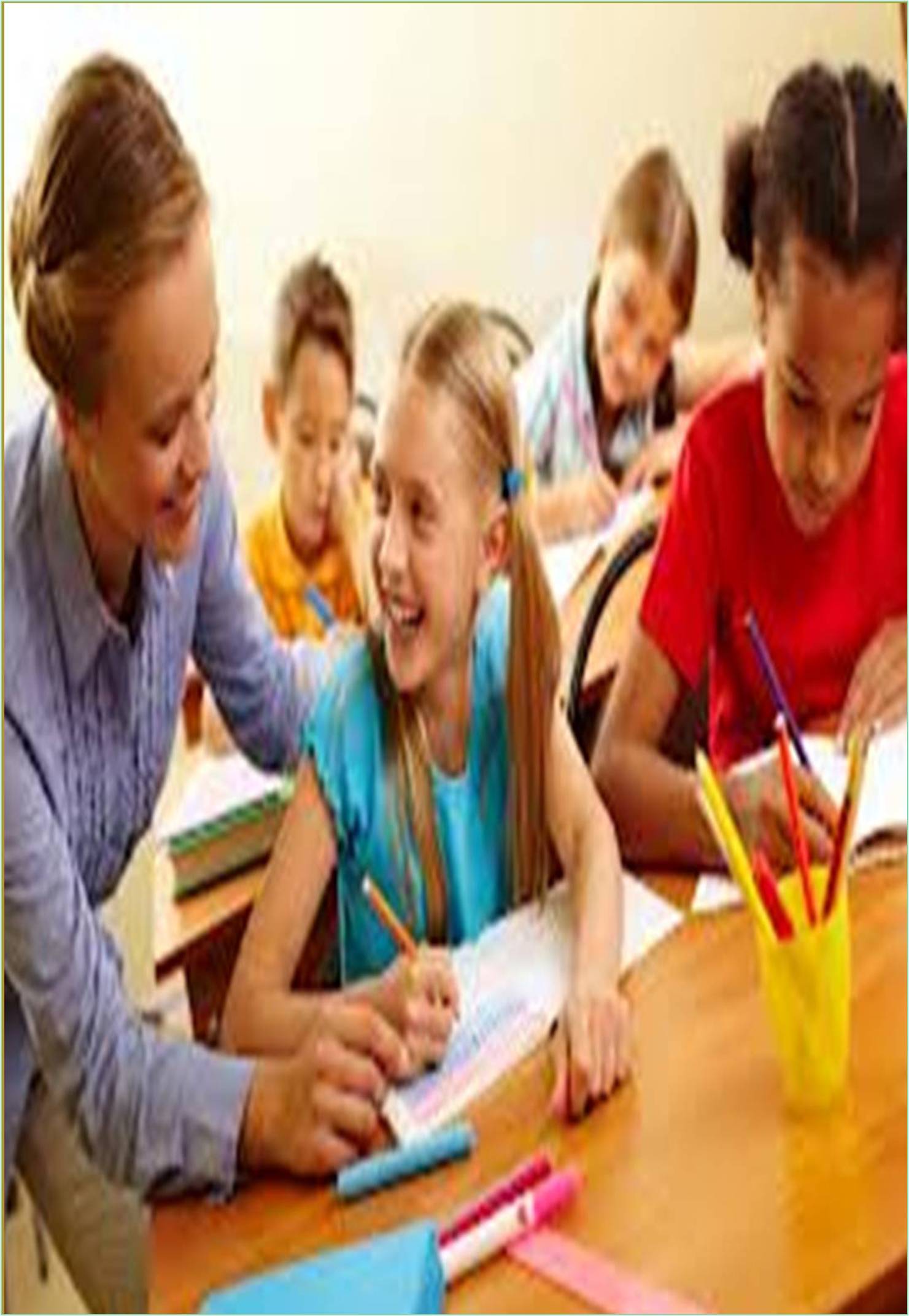



Received: 01-Aug-2022, Manuscript No. GJSES-22-73257; Editor assigned: 03-Aug-2022, Pre QC No. GJSES-22-73257(PQ); Reviewed: 17-Aug-2022, QC No. GJSES-22-73257; Revised: 24-Aug-2022, Manuscript No. GJSES-22-73257(R); Published: 31-Aug-2022, DOI: 10.15651/2465-7212.22.8.031
Developmental Pedagogy is an educational cycle aimed at expanding mind fullness and understanding of the rapidly changing, connected and contradictory world in which we live. It seeks to connect individuals in research, reflection, and action for citizenship and collaboration in their neighborhoods and the world (Alex E et al,. 2010).
The Indian education system has four levels: Lower Essential (ages 6 to 10), Upper Essential (ages 11 to 12), Higher (ages 13 to 15) and Higher Optional (ages 17 to 18). There is the lower elementary grades are divided into 5 directives, the upper grades into 2, the secondary schools into 3, and the high schools into 2 directives. In the long term, India's education improvement has made great strides (EI-Sourady et al. 2019).
Changes or Advancements in the Indian School System
Comprehensive education: With the introduction of late-night dinners in schools and Right to Education (RTEs), the government has figured out a way to attract large numbers of rural and poor college students. The government made basic tuition fee for all children under the age of 14, then added undergraduates.
Specific education: Apart from general education and basic training, the Government of India has established some specialized institutes to promote specific courses such as design, medication and executive fundamentals.
Gender equality in education: The Government of India has developed several plans to boost schooling for women. This is the idea that India is lagging behind. Some government schemes such as Beti Bachao and Beti Padhao have made significant progress recently.
Advanced education: There are many value colleges in India today. The existence of public and private universities has influenced the nature of higher education in the country (Jeffrey et al. 2012).
Adult education: To promote education for 15- to 35- year-olds, the Government's original five-year plan called for a National Board of Adult Education (Tao et al. 2022).
Vocational training: Vocational training has always been part of India's educational improvement. The first fiveyear plan and the resulting measures for all schools in India emphasized the professional preparation of young people (Wang et al. 1997).
Development of Education from Ancient Times till Present
The Indian school system in general has evolved from the Vedic era to today's PC era and e-learning. Nevertheless, one thing is normal between the two situations. That is the importance of school education. As Indians, our people have always emphasized the importance of training. However, the school situation has not been like this since human beings existed. The framework of education has evolved remarkably from Vedic times to the present day, evolving only to make things better (Will et al. 2002).
In ancient times, townsfolk were more likely to be educated than rural people. Most of the young men attended collective schools. Few young women have learned to read but never went to school. A mentor was called to her home to learn. By law, both boys and young women are now expected to attend classes. Failure to do so may result in legal prosecution against the guardian.
Alex Eble, Vera Mann, Preetha Bhakta, Rashmi Lakshmi Narayana, Chris Frost, Diana Elbourne, et al (2010). The STRIPES trial support to rural India's public education system. Edu Ser. 1;11:10 [Crossref] [Google Scholar] [PubMed]
El-Sourady M, Chen H, Martin SF, Ritchie J, Ellis K, Richeson A, et al (2019). Effects of a Primary Palliative Care Educational System for Teaching Learners at Different levels of Training Special. Edu Ser. 36(8):675-681. [Crossref] [Google Scholar] [PubMed]
Jeffrey Orledge, William J Phillips, Bosseau Murray, Anna Lerant (2012). The use of simulation in healthcare from systems issues, to team building, to task training, to education and high stakes examinations. Edu Ser. 18(4):326-32. [Crossref] [Google Scholar] [PubMed]
Wang MJ, Contino PB, Ramirez ES (1997). Implementing cognitive learning strategies in computer-based educational technology: a proposed system. Edu. Serv. 703-7. [Google Scholar] [PubMed]
Tao Yang, Zhiqun Duan (2022). Design of Personalized Ideological and Political Education Resource Recommendation System in the Online Education Platform in the Network Environment. Edu. Ser. 22:3845749. [Crossref] [Google Scholar] [PubMed]
Will JG, Andre Brouwers, Welko Tomic (2002). Burnout and self-efficacy: A study on teachers’ beliefs when implementing an innovative educational system in the Netherlands. Edu Ser. 72(Pt 2):227-43. [Crossref] [Google Scholar] [PubMed]